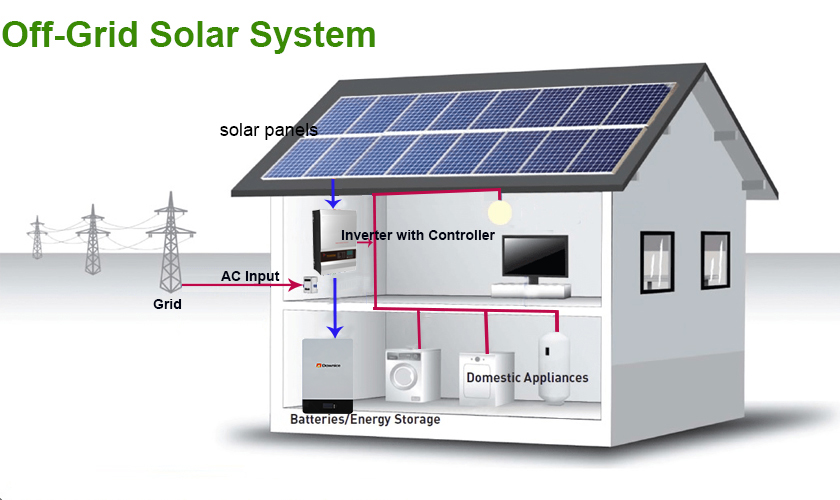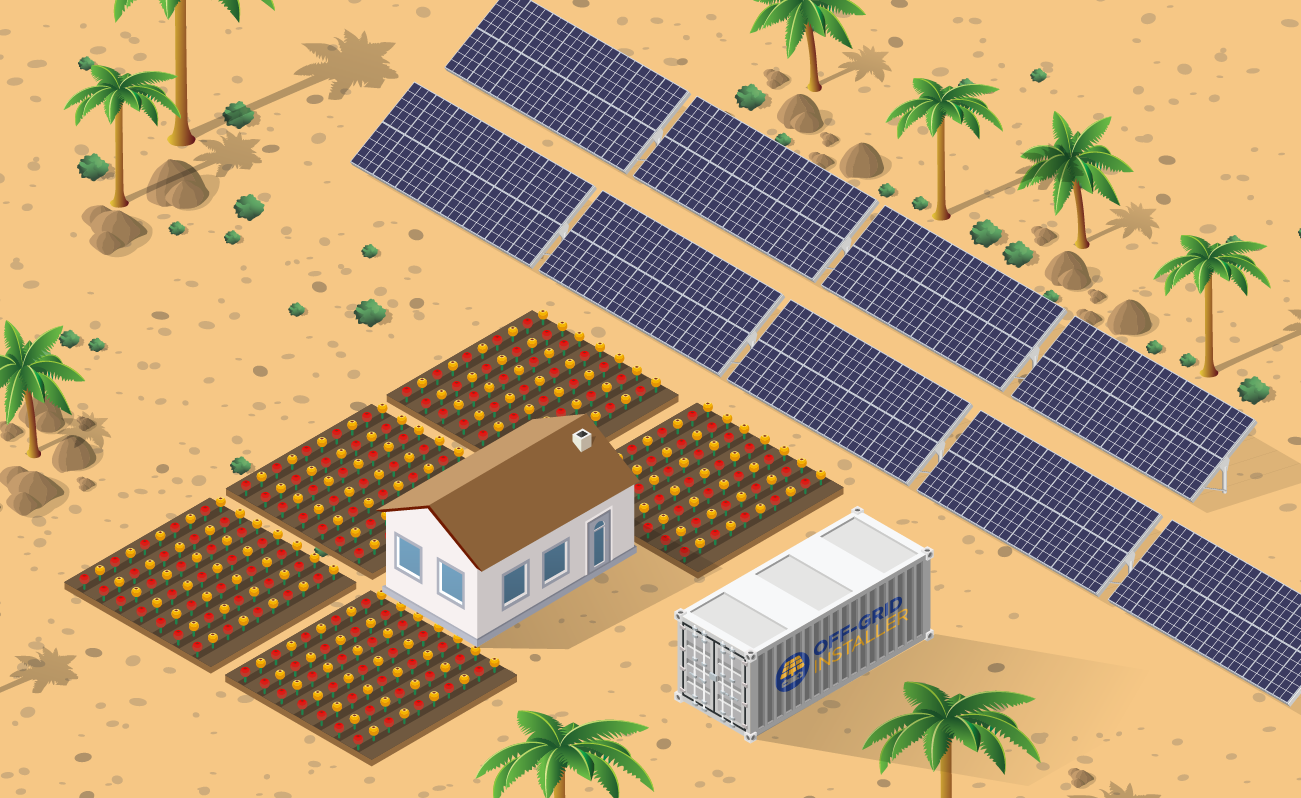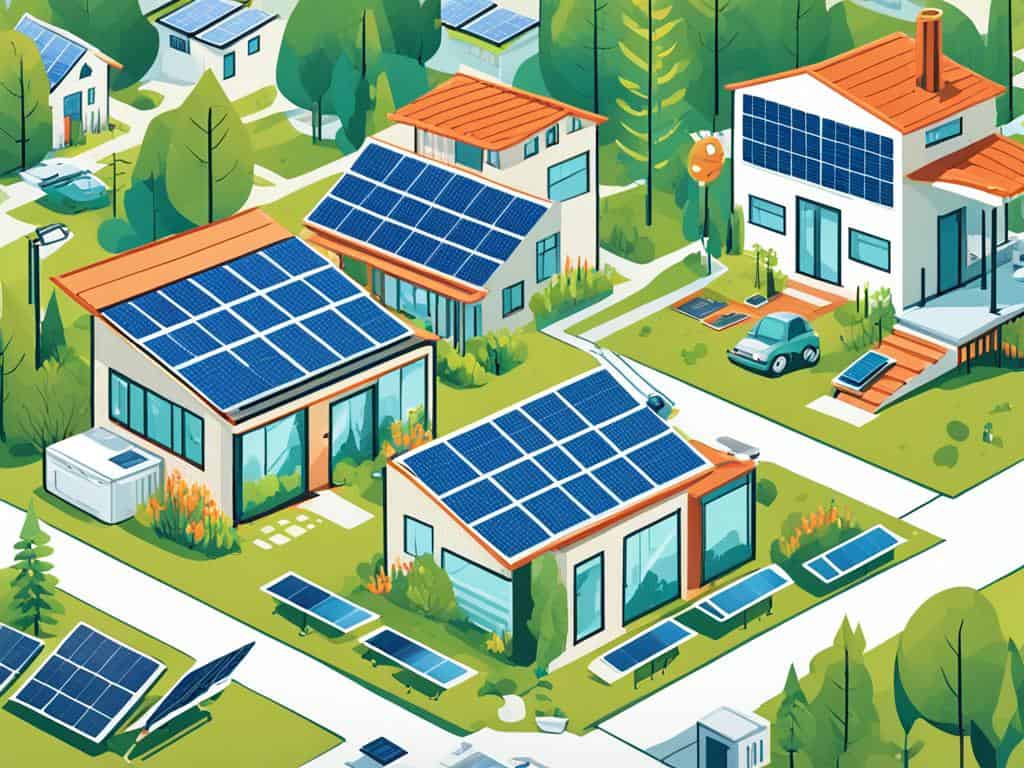In today’s world, where energy independence and sustainability are becoming increasingly important, off grid solar systems are gaining popularity. These systems offer a way to generate and store your own electricity, free from the constraints of traditional power grids. Whether you’re looking to reduce your carbon footprint, save on energy costs, or simply live a more self-sufficient lifestyle, an off grid solar system might be the solution you’re seeking.
What is an Off Grid Solar System?
An off grid solar system is a standalone power generation setup that allows you to produce and store your own electricity without relying on the public power grid. Unlike grid-tied systems, which are connected to the main electrical grid, off grid systems operate independently, providing power even in remote locations or during grid outages.

These systems typically consist of solar panels, batteries for energy storage, and various components that work together to ensure a steady supply of electricity. By harnessing the power of the sun, off grid solar systems offer a renewable and sustainable energy solution for homes, cabins, RVs, and other applications.
Components of an Off Grid Solar System
To better understand how an off grid solar system works, let’s break down its main components:
- Solar Panels: These are the heart of the system, converting sunlight into electricity.
- Charge Controller: This device regulates the flow of electricity from the solar panels to the batteries, preventing overcharging and extending battery life.
- Battery Bank: Batteries store the energy generated by the solar panels for use when the sun isn’t shining.
- Inverter: This component converts the DC power stored in the batteries into AC power, which is used by most household appliances.
- Backup Generator: While optional, many off grid systems include a generator for additional power during extended periods of low sunlight.
- Monitoring System: This helps you track your energy production and consumption, allowing for better system management.
Each of these components plays a crucial role in ensuring your off grid solar system operates efficiently and reliably.
Advantages of Going Off Grid
Switching to an off grid solar system offers numerous benefits:
- Energy Independence: You’re no longer reliant on utility companies or vulnerable to power outages.
- Cost Savings: While initial setup costs can be high, you’ll save money on electricity bills in the long run.
- Environmental Impact: Solar power is clean and renewable, reducing your carbon footprint.
- Flexibility: Off grid systems can be installed anywhere, making them ideal for remote locations.
- Increased Property Value: Homes with solar systems often have higher resale values.
Designing Your Off Grid Solar System
Designing an effective off grid solar system requires careful planning and consideration of several factors:
- Energy Needs: Calculate your daily energy consumption to determine the size of the system you’ll need.
- Location: Consider factors like sunlight hours, shading, and climate in your area.
- Panel Efficiency: Choose high-quality solar panels with good efficiency ratings.
- Battery Capacity: Ensure your battery bank can store enough energy to cover periods of low sunlight.
- Expandability: Plan for future energy needs by designing a system that can be easily expanded.
- Backup Power: Consider including a backup generator for added reliability.
It’s often beneficial to consult with a professional solar installer who can help you design a system tailored to your specific needs and location.
Installation and Maintenance
While some DIY enthusiasts may choose to install their off grid solar systems themselves, it’s generally recommended to work with a professional installer. They can ensure proper setup, safety compliance, and optimal system performance.

Once installed, off grid solar systems require relatively little maintenance. Regular tasks include:
- Cleaning solar panels to maintain efficiency
- Checking and maintaining battery water levels (for lead-acid batteries)
- Inspecting wiring and connections
- Monitoring system performance
Most components of an off grid solar system have long lifespans, with solar panels often lasting 25 years or more.
Cost Considerations
The cost of an off grid solar system can vary widely depending on factors such as system size, component quality, and installation complexity. While the initial investment may be significant, it’s important to consider the long-term savings on energy costs.
Here’s a rough breakdown of potential costs:
- Solar Panels: $200 – $1,000 per panel
- Batteries: $5,000 – $15,000 for a typical home system
- Inverter: $1,000 – $4,000
- Charge Controller: $300 – $800
- Installation: $2,000 – $5,000 or more
Remember, these are just estimates, and actual costs can vary. It’s best to get quotes from multiple suppliers and installers to find the best deal for your specific needs.
READ ALSO:
- Pure Sine Wave Inverters: The Best Choice for Your Power Needs
- Best Solar Panels for Homes: A Comprehensive Guide to Choosing the Right System
- How Long Do Solar Panels Last? A Comprehensive Guide to Solar Panel Longevity
- How to Calculate Solar Panel Battery and Inverter: Your Complete Guide to Off-Grid Power
Real-Life Success Stories
Many people have successfully transitioned to off grid living using solar power. For example, Samson and Julian Akande from Lekki, Lagos Nigeria installed an off grid solar system on their home to enhance their remote jobs. They now enjoy reliable electricity year-round, even during harsh winters when grid power used to fail regularly.
Similarly, the Simmytrified family in Nigeria uses an off grid solar system to power their eco-friendly tiny home. They’ve reduced their carbon footprint significantly and enjoy the freedom of generating their own clean energy.


